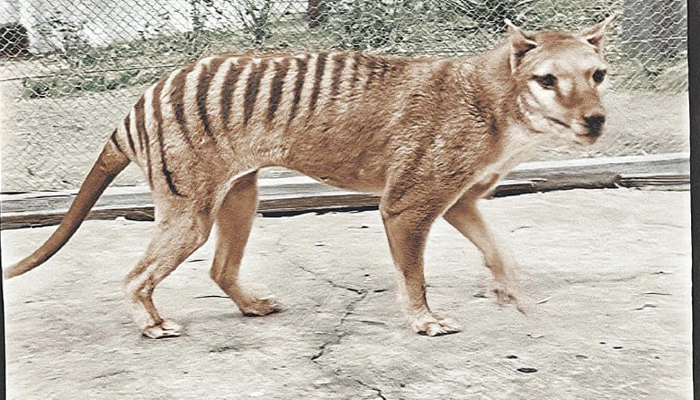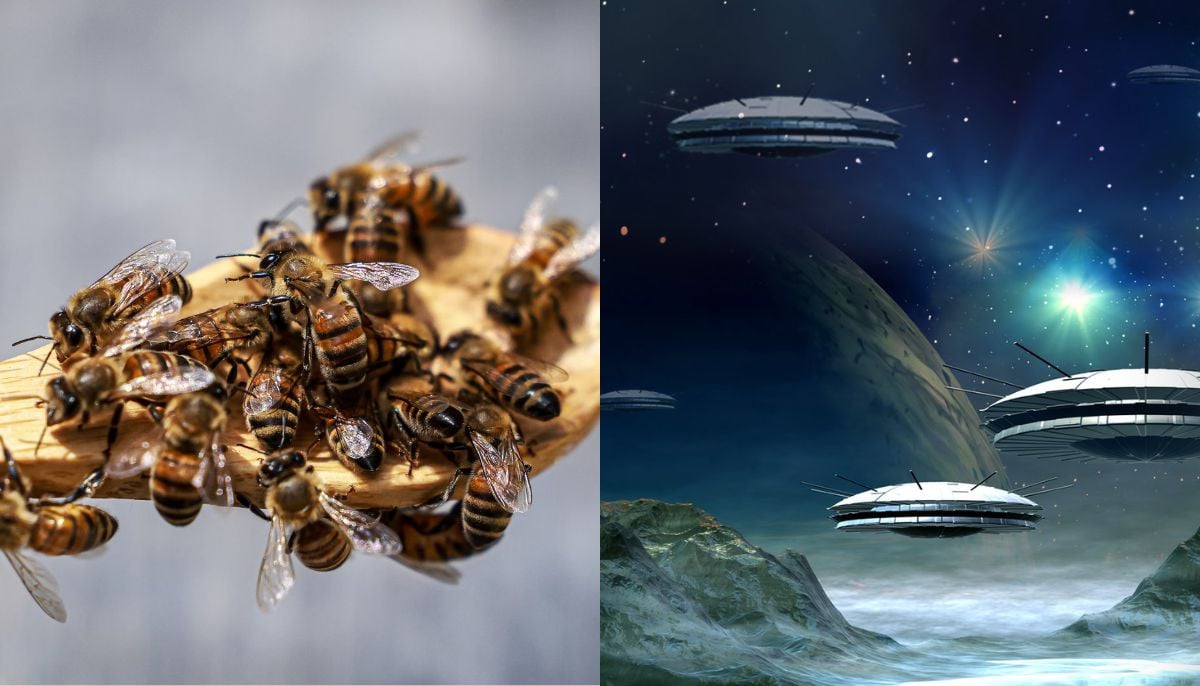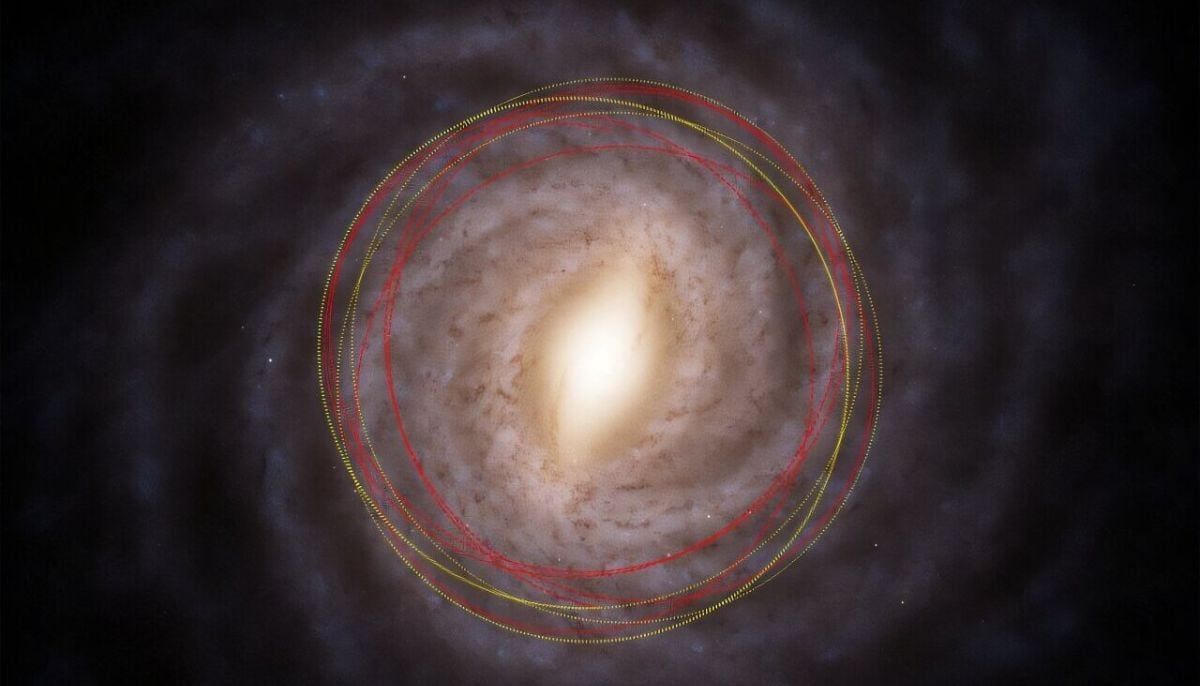Groundbreaking: Experts decode RNA of predator that died over hundred years ago
The last one left died in captivity in 1936 after exposure at the Beaumaris Zoo in Hobart, Tasmania
Researchers were successful in decoding the genetic molecule ribonucleic acid (RNA) of a Tasmanian tiger that lived over a hundred years ago, allowing scientists to seek a better understanding of the species’ genetics.
The hundred-year-old animal’s specimen was in the collection of the Swedish Museum of Natural History in Stockholm and the findings were published in the journal Genome Research.
A lead study author Emilio Mármol Sánchez, a computational biologist at the Centre for Palaeogenetics and SciLifeLab in Sweden said: "RNA gives you the chance to go through the cell, the tissues and find the real biology that has been preserved in time for that animal, the thylacine species, right before they died."
Estimated to be about the size of a North American animal coyote, the thylacine was a marsupial predator that disappeared about 2,000 years ago from everywhere except the Australian island of Tasmania, where they were forced to extinction due to hunting by Europeans.
The last one left died in captivity in 1936 after exposure at the Beaumaris Zoo in Hobart, Tasmania.
Mármol Sánchez said that while de-extinction wasn’t the goal of his team’s research, a better understanding of the Tasmanian tiger’s genetic makeup could allow scientists to bring back the animal in some form.
The project named Resurrect, the thylacine, the leader Andrew Pask termed the research "groundbreaking."
"We had previously thought only DNA remained in old museums and ancient samples, but this paper shows you can also get RNA from tissues," said Pask, a professor at the University of Melbourne in Australia.
"This will add significant depth to our understanding of the biology of extinct animals and help us to build much better extinct genomes," he added.
Under the appropriate conditions, DNA from antiquity can last more than a million years while completely changing experts' understanding of the past.
Mármol Sánchez said this study is a proof of concept, and his colleagues now hope to recover RNA from animals that died out much longer ago, such as the woolly mammoth.
DNA is often explained as an instruction manual for life that’s contained in each of the body’s cells. In addition to other cellular functions, RNA produces proteins by creating a copy of a particular stretch of DNA in a process known as transcription, according to a description quoted in CNN.
Understanding RNA allows scientists to put together a more complete picture of an animal’s biology, Mármol Sánchez said.
While using a restaurant analogy, he said: "If you just focus on the DNA, you will not be able to catch differences between all these restaurants," Mármol Sánchez said.
"By using RNA … you can now go to the restaurant and taste the food, taste the paella, the sushi or sandwiches."
"You can learn a lot … by reading those recipes," he added, "but you will be missing the real bits of metabolism, of biology that all those restaurants or cells are having amongst each other.'
-
Aurora alert: Northern lights visible tonight at high latitudes
-
Honeybees could help humans communicate with aliens, scientists say
-
Comet 3I/ATLAS: Evidence suggests that interstellar visitor is older than the sun
-
Scientists discovered never-before-seen creature in Great Salt Lake
-
SpaceX mission 2026: 29 Starlink satellites deployed in year’s third flight
-
NASA, SpaceX announce target date for Crew-11’s splashdown return to Earth
-
World oceans absorbed record heat in 2025, may trigger intense climate crises, says report
-
February full moon 2026: Snow Moon date, time and visibility












